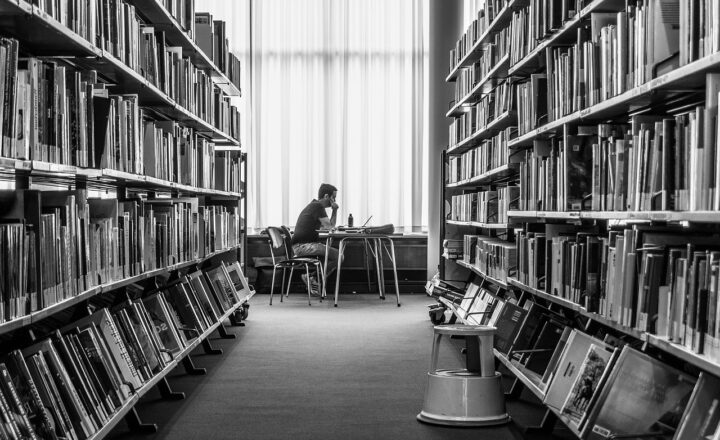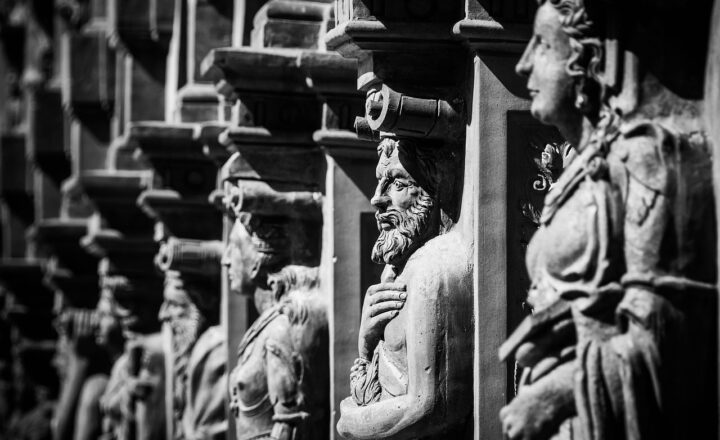
The Renaissance is a monumental chapter in human history, often celebrated for its profound impact on art, culture, science, and philosophy. The epicenter of this transformative period was Florence, a city that emerged as the cradle of innovation and creativity during the 14th to 17th centuries. But what was it about Florence that allowed it to become the birthplace of the Renaissance? In this article, we will delve into the socio-economic, political, and cultural dynamics that set the stage for this vibrant period of human achievement.
1. Historical Context: The Fall of Feudalism
To understand why the Renaissance began in Florence, one must first consider the historical context. The period leading up to the Renaissance was characterized by feudalism, a system that was increasingly being challenged. As trade began to flourish, particularly in the Italian city-states, old feudal structures weakened, paving the way for new social classes and economic systems.
Florence played a pivotal role in this transformation. Its strategic location along trade routes facilitated robust commerce, exposing Florentines to new ideas and innovations from other cultures. This newfound wealth created a burgeoning middle class — an asset crucial for fostering the intellectual and artistic endeavors characteristic of the Renaissance.
2. The Role of Wealth: Patronage of the Arts
Florence’s economic prosperity was not merely an accident of its geography but a product of its flourishing banking system and textile industry. Wealthy families, such as the Medici, emerged as powerful patrons, commissioning stunning artworks, sponsoring intellectual pursuits, and establishing libraries.
The Medici family, in particular, became synonymous with the Renaissance. Their extensive patronage allowed artists like Michelangelo, Botticelli, and Leonardo da Vinci to thrive. The financial support provided by such patrons ensured that artists could focus on their work without the burden of financial instability.
3. The Influence of Humanism
While wealth played a significant role in the Renaissance, the intellectual movement known as humanism was equally influential in Florence. Humanists emphasized the study of classical texts and the value of human potential and achievements, which stood in stark contrast to the medieval focus on religious and doctrinal matters.
Florence became a hub for scholars and thinkers who sought to revive and reinterpret ancient Greek and Roman philosophies. Figures like Petrarch and Erasmus laid the groundwork for this intellectual revival, promoting ideas centered on the individual and the pursuit of knowledge.
As education flourished, so did creativity. The humanist ethos encouraged artists to explore new techniques, perspectives, and themes in their work, positioning Florence at the heart of artistic innovation.
4. Political Landscape: A Hotbed of Idea Exchange
The political landscape of Florence also contributed significantly to the Renaissance. The republic of Florence functioned as a melting pot of ideas and cultures. The absence of a singular ruling monarchy allowed various factions to flourish, enhancing the city’s role as a haven for political thought and dialogue.
The city’s diverse governance structures meant that art and scholarship were increasingly championed and celebrated. Competitions for the best artworks, such as the one for the Florence Cathedral’s dome, showcased the importance placed on creative achievement. The results were nothing short of transformative, setting benchmarks for artistic excellence across Europe.
5. Florence’s Unique Architecture and Urban Design
The architecture and urban design of Florence contributed to its character as the birthplace of the Renaissance. The great cathedrals, palaces, and public buildings reflect a blend of beauty, innovation, and function typical of Renaissance ideals.
Brunelleschi’s dome for the Florence Cathedral is a perfect example of architectural ingenuity, pushing the boundaries of what was thought possible at the time. Enlightened civic projects and the regeneration of public spaces became symbols of the city’s cultural revival, inviting both locals and visitors to engage with art in their everyday lives.
6. Legacy of the Renaissance: A Lasting Influence
The Renaissance did not merely end with Florence; its influence spread far and wide, shaping Europe and beyond. The innovations in art, science, and thought that originated in Florence laid the groundwork for the modern world.
Artistic techniques explored by Rennaissance masters went on to influence generations of artists, while humanism bequeathed an enduring legacy of critical thought that continues to shape our understanding of individual rights and personal agency today.
Florence remains a testament to human creativity and achievement. The city, often referred to as the “cradle of the Renaissance,” continues to inspire artists, thinkers, and scholars to this day, inviting us to explore the question — what inspires transformation?
Conclusion: The Renaissance—A Florentine Phenomenon
In conclusion, the Renaissance may have been a complex phenomenon influenced by various factors, but Florence undoubtedly emerged as its heart. Wealth, creativity, and a unique socio-political environment combined to create a fertile ground for innovation and artistic expression. This intersection of commerce, culture, and intellect not only defined the Renaissance but also set the stage for modern Western civilization. As we reflect on this era, we celebrate Florence’s enduring legacy—a legacy that reminds us of the boundless potential of creativity and the value of human endeavor.






